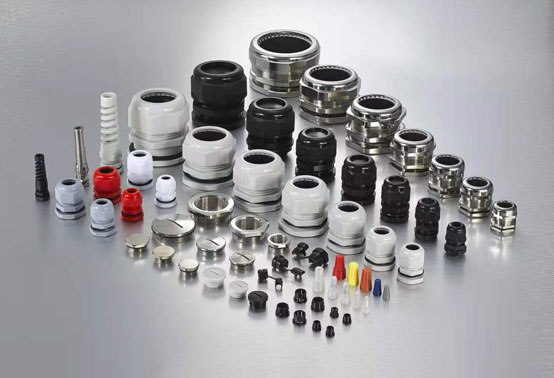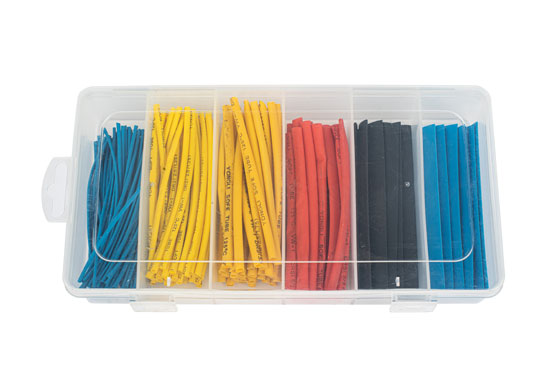Tel
0577-62795555
Tel
0577-62795555
In the world of cable management, maintaining order and organization is paramount for efficient and safe operations. Electrical tie straps, also known as cable ties or zip ties, have emerged as indispensable tools for securing and managing cables in various industries. In this blog, we'll explore the diverse applications and benefits of electrical tie straps, highlighting their role in simplifying cable management.
Electrical tie straps are simple yet highly effective devices designed to bundle, secure, and organize cables. They consist of a flexible strap with a locking mechanism, often featuring a one-way ratchet design. To use, the strap is threaded through a head or loop at one end and tightened around cables by pulling the tail end. Once tightened, the strap locks into place, securely holding the cables together. Electrical tie straps are manufactured from a range of materials, including nylon, stainless steel, and specialty polymers. Nylon cable ties are the most common and versatile, suitable for indoor and outdoor applications. Stainless steel ties are ideal for heavy-duty and high-temperature environments, while specialty polymers cater to specific requirements such as UV resistance or fire retardancy.
The primary benefit of electrical tie straps is their ability to streamline cable management. Whether in homes, offices, industrial facilities, or even outdoor settings, these straps keep cables organized and prevent tangling. This organized arrangement simplifies maintenance, troubleshooting, and upgrades, ultimately saving time and effort. Cables that are left loose can experience stress due to movement, vibration, and friction. Over time, this stress can lead to cable wear and compromised signal quality. Electrical tie straps provide a secure grip, preventing cables from shifting or rubbing against one another. This reduction in stress contributes to the longevity and performance of cables.
In industrial settings, the need for cable management is particularly pronounced. Electrical tie straps are employed to secure cables in manufacturing plants, warehouses, and machinery. Their ability to withstand harsh conditions, chemicals, and temperature fluctuations makes them reliable companions in industrial environments. Network and data centers rely on efficient cable management to maintain connectivity and prevent downtime. Electrical tie straps ensure that data cables, power cords, and Ethernet cables are neatly organized and separated, reducing the risk of interference and signal loss.
Proper installation of electrical tie straps is crucial for optimal performance. Be sure not to overtighten the straps, as this can damage cables or constrict their performance. Leave a little room for flexibility to accommodate changes or adjustments in the future.Instead of securing each cable individually, consider consolidating cables of similar types or functions. Bundling cables that run together simplifies the organization, minimizes clutter, and makes it easier to trace and manage cables when needed.
Electrical tie straps play an integral role in cable management, enhancing organization and efficiency across various industries. Their versatility, ease of use, and ability to reduce cable stress make them indispensable tools for securing and managing cables. By incorporating electrical tie straps into cable management practices, individuals and businesses can create cleaner, more organized spaces while ensuring the reliability of their electrical systems.



